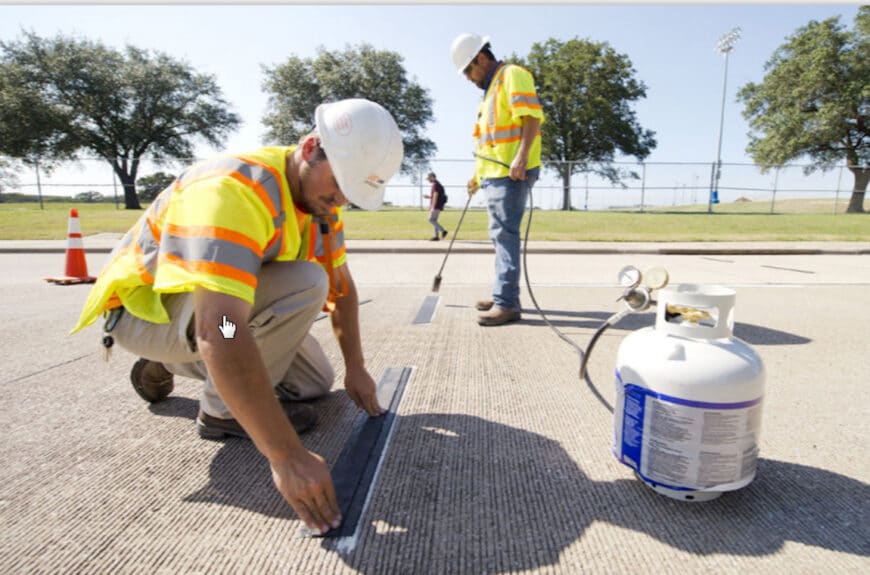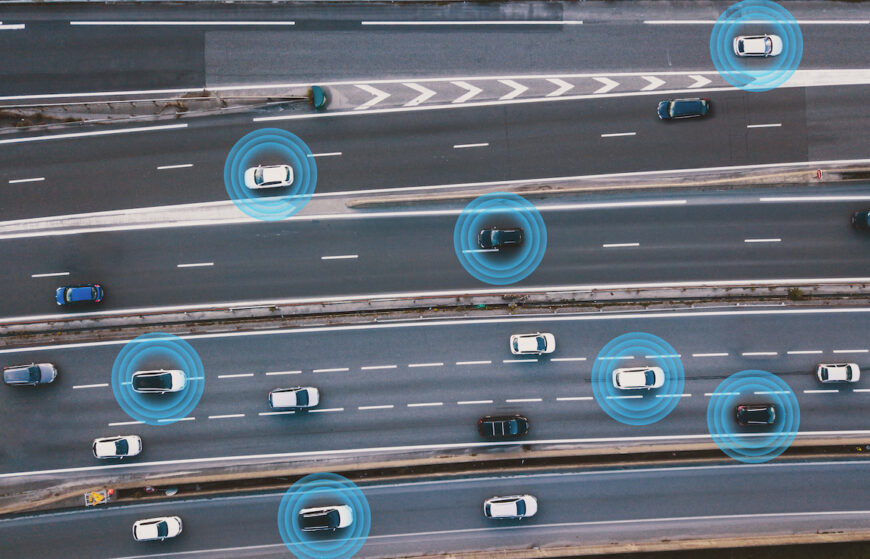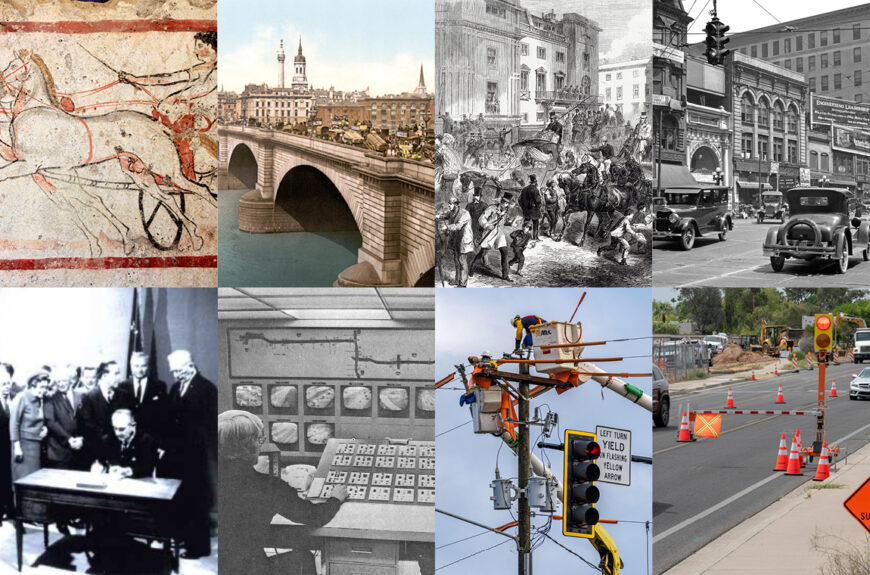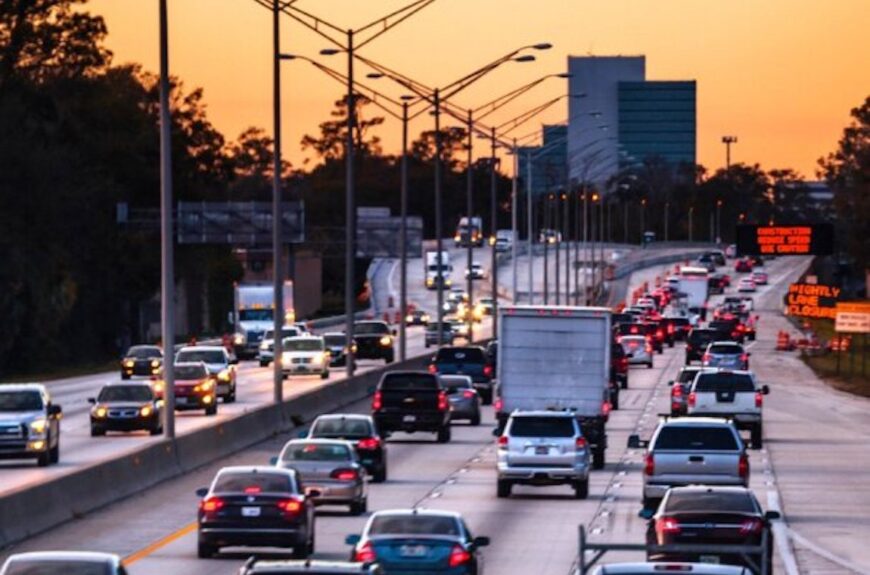
Old and New Technology at Work for Flaggers, Drivers
Earlier this year, Virginia became the latest state to require the use of Portable Temporary Rumble Strips (PTRS) in work zones. As in many other states (like New York and Florida, which have required PTRS in flagging areas for years), the goal is risk reduction for workers and drivers alike.
While rumble strips have been in use for more than two decades, and PTRS are not “new” technology, traffic control specialists are finding that combining them with additional tools can contribute to safety improvements.
Rumble Strips, Sensors, Smart Cones, and Changeable Message Signs
Smart cones and sensors that collect data on traffic and update changeable message boards in real time are more recent additions to the technology toolbox that is available to temporary traffic control and safety professionals.
It’s a positive step to see more and more states combining those tools and mandating the use of PTRS to alert motorists to changes in speed and traffic patterns. Not only do they bring drivers’ attention more directly to the road, the strips have the additional benefit of alerting workers to oncoming vehicles.
As VDOT Chief Deputy Commissioner Robert Cary noted, PTRS “provide an additional layer of protection for everyone in work zones, whether you are working or driving.”
We applaud the expanded use of PTRS in work zones, but such new laws alone are not enough to ensure everyone’s safety. The greatest effects come from collaborative efforts like those implemented in Florida last year. There, the state’s safety office’s Work Zone Safety Initiative focuses on enforcement and awareness in work zones, and also offers grant funding for problem identification, data collection, and communication efforts to improve driver compliance with safety requirements in work zones.
Because there are so many factors at play in a work zone, safety really demands a team effort.
Work Zone Safety Initiatives and Teamwork
AWP’s safety culture fosters teamwork, through outreach and collaborative programs with industry vendors, government agencies and other organizations, and most importantly, teamwork in every work zone. That’s one reason why Florida’s program makes such a good model: it encourages everyone – drivers, flaggers, contractors, and engineers – to take responsibility for improved safety outcomes.
Our safety model, an important part of our commitment to safety, also places a high value on teamwork. It ensures that the entire AWP team supports a collective goal: to think, practice and support safety every day in everything that we do. Company-wide, we support our team members with the technology necessary to provide more detailed inspections, immediate reporting, and more complete data that is shared so that all team members understand their safety performance. That technology also benefits our customers with direct safety improvements, which almost inevitably translate into with time and cost savings.
If you have questions about how, when or where to implement PTRS, how to combine available tools to best manage any temporary traffic control situation, contact us.



